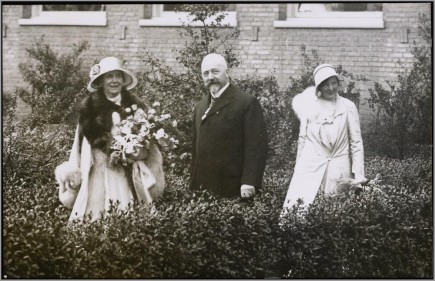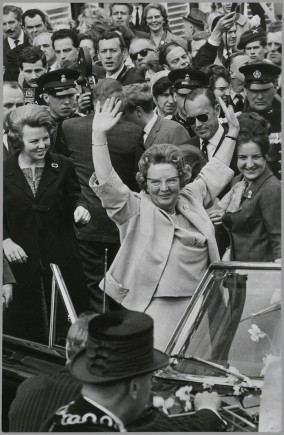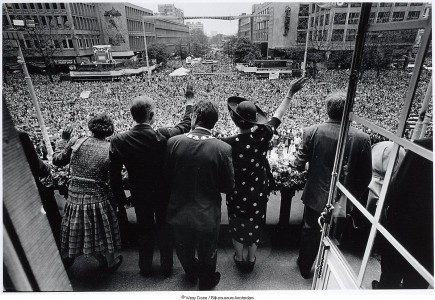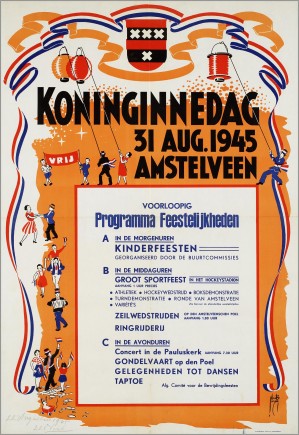Why the Dutch celebrate on 27 April
On 27 April every year, the Dutch celebrate their national holiday - King's Day, a national holiday in the Netherlands, Curacao, Sint Maarten and Aruba. It's the birthday of King Willem-Alexander and has been celebrated since he became king in 2013.
Before this, the Netherlands celebrated Queen's Day. Read on to discover the history of this national holiday.
Celebrating a young princess
Before Queen's Day, the Dutch celebrated 'Princess Day' on 31 August. The first celebration was in 1885, on the fifth birthday of the then young Princess Wilhelmina, heir to the Dutch throne. The initiative was taken by an editor of a local newspaper with the aim to emphasize national unity.

After the death of King Willem III in 1890 and Wilhelmina becoming Queen, Princess Day was renamed to Queen's Day and celebrated every August.
When her daughter Queen Juliana ascended the throne in 1948, the holiday moved to her birthday on 30 April. Then, in 1980, her daughter, Beatrix retained the celebration on that day after she took the throne.


How is King's Day celebrated?
King's Day is well known for its nationwide flea market and its 'orange madness'.
Many people in the Netherlands sell their secondhand items and dress up in orange as well as the colours of their flag: red, white and blue.
Extensive outdoor parties are held in many cities. Amsterdam is especially known for its festivities and attracts around half a million visitors. For many locals and tourists, it is one of the main events of the year in Amsterdam.

Every year, the Royal Family visits towns in the Netherlands. In these places they are received by the local residents with special celebrations, which often take the form of demonstrations of traditional Dutch dances, crafts, sports and singing performances.

